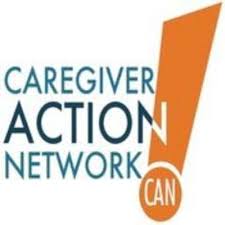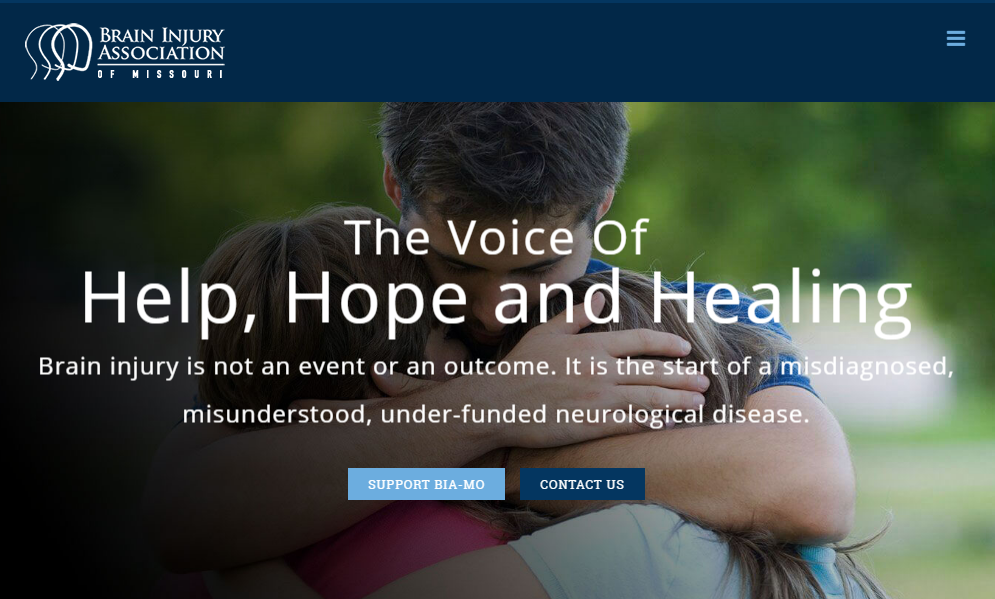empower by Allsup®—Making Things Possible
By Leia of Allsup
“For most people, technology makes things easier. For people with disabilities, technology makes things possible.” — Mary Pat Radabaugh
If you have a smart phone and internet service, you have opportunities 24/7 to learn, grow and connect on a global scale. For many people with disabilities, technology is shattering barriers to communication, interaction and social participation.
Websites and mobile devices and services are the technologies that can contribute most to the social and economic inclusion of persons with disabilities, including employment and access to government services, according to the World Bank Group’s 2016 paper, Bridging the Disability Divide through Digital Technologies.
A good example is empower by Allsup®, a dual purpose online tool that helps individuals determine their likelihood of qualifying for the government-run Social Security Disability Insurance (SSDI) program and get started on their Social Security disability application. The software provides personal guidance throughout the SSDI application process and helps individuals use benefits to return to work. empower has text enlargement, scripts to accommodate hearing impairments and videos that walk individuals through the process.
Browser extensions such as those developed for the Chrome browser, which include text to speech, click-free browsing and enhancements that aid readability and comprehension and reduce screen distractions are additional examples of technology helping individuals with disabilities maximize their internet use.
However, empower and other innovations will only help people if they know they are available and have access to them. Studies show that Americans with disabilities use the internet approximately half as much as those without disabilities and their rate of adoption lags behind the general population.
Improving access to technology
Assistive technology is any item, equipment, software or product system that increases, maintains, or improves the functional capabilities of persons with disabilities, according to the Assistive Technology Industry Association (ATIA).
While some innovations are free or low-cost, the price of assistive technology is often a barrier to access. Fortunately, there are resources that can help. According to ATIA:
- Government programs (Social Security, veterans benefits or state Medicaid agencies) pay for certain assistive technology if a doctor prescribes it as a necessary medical device.
- Private health insurance pays for certain assistive technology if a doctor prescribes it as a necessary medical or rehabilitative device.
- Rehabilitation and job training programs, may pay for assistive technology and training to help people get jobs.
- Employers may pay for assistive technology that is a reasonable accommodation.
The Rehabilitation Engineering and Assistive Technology Society of North America (RESNA) has a state directory of assistive technology programs that offer:
- Device loan and demonstration, and in some states, borrowing programs to “try out” devices.
- Funding resources for purchasing or acquiring assistive technology.
- Device exchange and recycling programs that provide used equipment at little to no cost.
There are also Alternative Financing Programs that provide affordable loans to purchase assistive technology. Organizations like EveryoneOn offer high-speed, low-cost internet service, computers and digital literacy courses.
Share this blog and the resources listed to raise awareness and make technology more accessible to all.
Allsup
Related Articles

Uncategorized
Helping Family Caregivers With What They Need to Know

Uncategorized
Understanding MS and Disability Benefits

Uncategorized
BIA-MO Gets Real about Brain Injury Awareness

